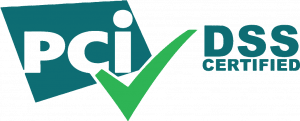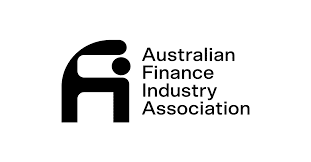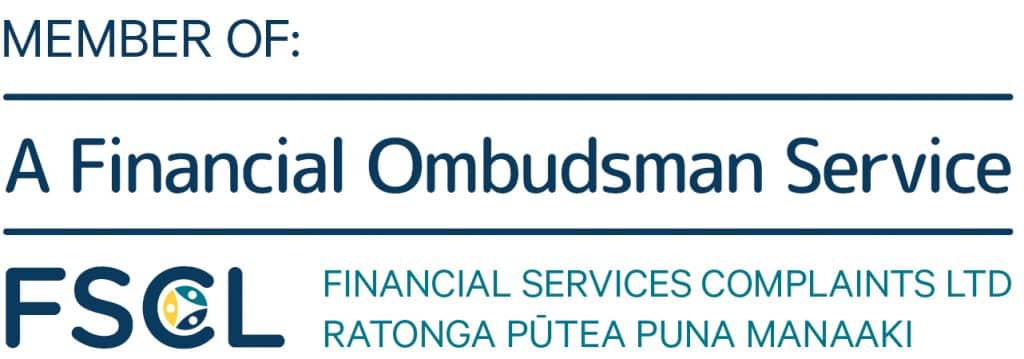USD Coin: A Stablecoin for Crypto Traders
If you are interested in trading cryptocurrencies, you may have heard of USD Coin (USDC), a stablecoin that is pegged to the U.S. dollar on a 1:1 basis. This means that every unit of USDC in circulation is backed by $1 that is held in reserve, in a mix of cash and short-term U.S. Treasury bonds. USD Coin is managed by a consortium called Centre, which was founded by Circle and Coinbase, two of the leading platforms for crypto transactions .
But why would you want to use a stablecoin like USDC instead of a volatile cryptocurrency like Bitcoin or Ethereum? The main reason is to avoid the risk of price fluctuations that can affect your trading profits or losses. For example, if you buy Bitcoin with U.S. dollars and then sell it for USDC, you can lock in your gains without worrying about the value of Bitcoin dropping. Conversely, if you expect the price of Bitcoin to rise, you can use USDC to buy it without losing purchasing power due to inflation or currency depreciation.
Another benefit of using USDC is that it allows you to access the global crypto market with ease and speed. You can transfer USDC between different platforms and wallets without intermediaries or fees. You can also use USDC to pay for goods and services that accept cryptocurrencies, or even settle transactions on Visa’s payment network. USDC is compatible with various blockchains, including Ethereum, Algorand, Solana, Stellar, and Polygon, which means you can use it for various decentralized applications (dApps) and smart contracts.
However, using USDC also comes with some risks and challenges. One of them is the trust issue: How can you be sure that USDC is fully backed by U.S. dollars and other assets? Centre claims that USDC reserves are regularly attested (but not audited) by Grant Thornton, LLP, an independent accounting firm. You can find the monthly attestations on Centre’s website. However, some critics have raised concerns about the transparency and accountability of Centre and its members. In March 2023, USDC lost its peg to the dollar after Circle confirmed $3.3 billion, approximately 8% of its reserves, were at risk due to the collapse of Silicon Valley Bank, which occurred the previous day.
Another risk is the regulatory uncertainty: How will governments and central banks react to the growing popularity of stablecoins like USDC? Some authorities have expressed worries about the potential impact of stablecoins on financial stability, monetary policy, consumer protection, and anti-money laundering efforts. For example, in July 2021, U.S. Treasury Secretary Janet Yellen urged regulators to act quickly to establish a regulatory framework for stablecoins. In October 2021, the Financial Stability Board (FSB) issued a report with 19 recommendations for regulating stablecoins at the global level. In December 2021, the European Commission proposed a draft regulation for markets in crypto-assets (MiCA), which would impose strict rules and requirements on stablecoin issuers and service providers.
Therefore, if you decide to use USDC for your crypto trading activities, you should be aware of these risks and challenges and do your own research before making any decisions. You should also keep an eye on the latest developments and news regarding USD Coin and other stablecoins. USD Coin may offer a stable and convenient way to trade cryptocurrencies, but it is not without its drawbacks and uncertainties.

MyChargeBack is a company that specializes in helping consumers recover their funds from online scams, especially in the fields of binary options, forex and cryptocurrency. They use their expertise and technology to trace transactions, dispute charges and negotiate with banks and brokers. If you have been scammed, MyChargeBack may be able to assist you in getting your money back.






